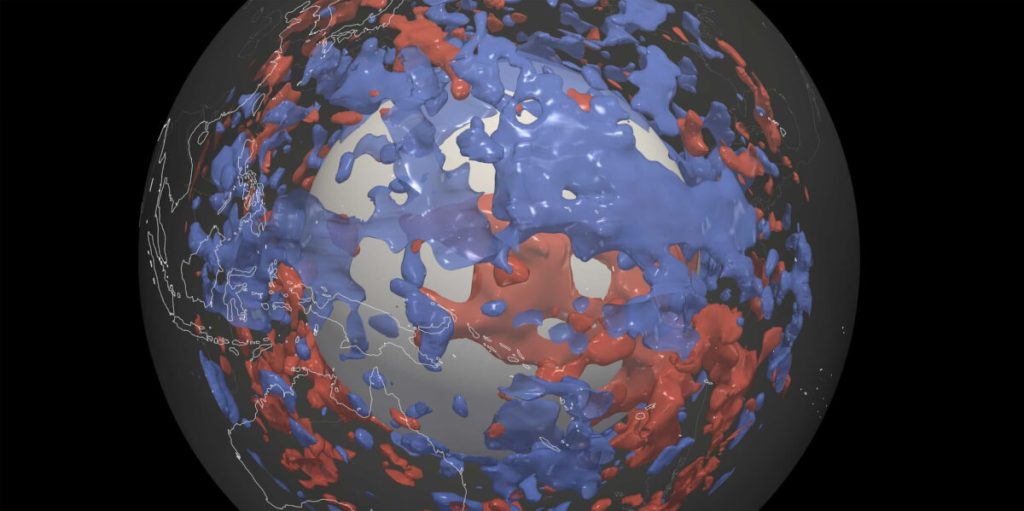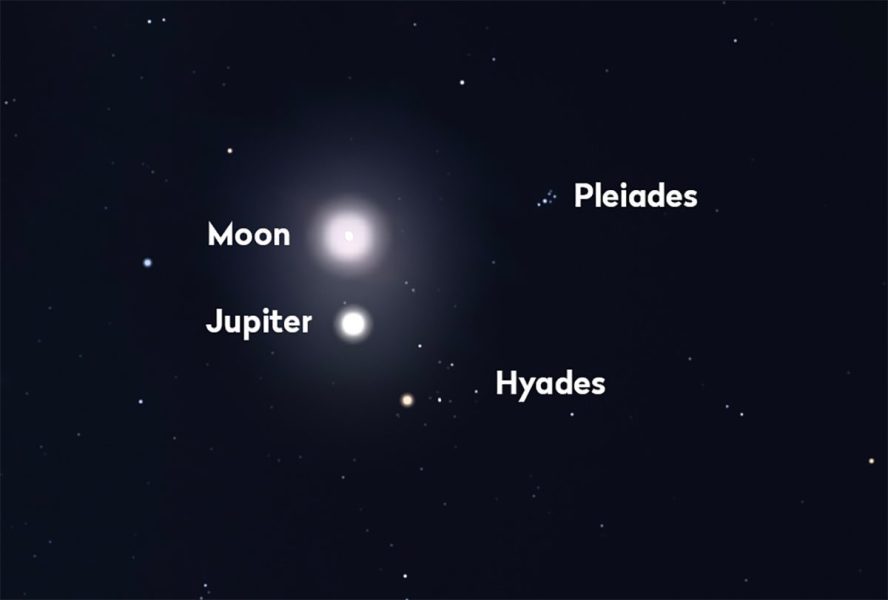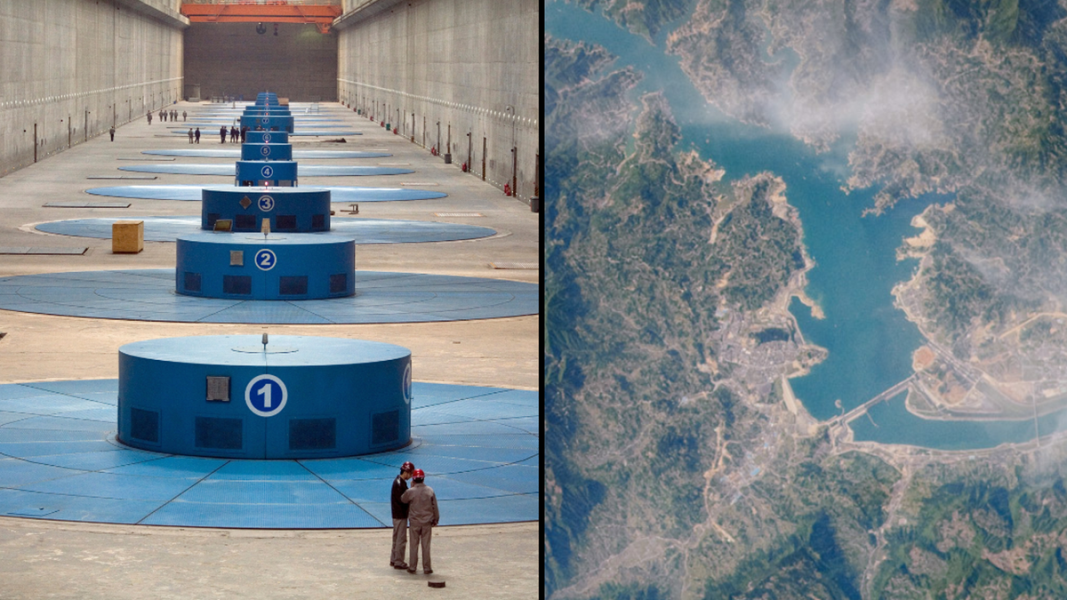Scientists mystified by massive structures found deep beneath the Pacific Ocean – Study Finds

Home › Earth NewsBy StudyFinds Staff•Reviewed by Steve FinkResearch led by Thomas Schouten, ETH Zurich’s Geological Institute Jan 08, 2025A new computer model visualizes material in the lower mantle that cannot come from subducted plates. (Credit: Sebastian Noe / ETH Zurich)ZURICH, Switzerland — Miles beneath the Pacific Ocean, in a region of Earth’s mantle where conventional wisdom says nothing unusual should exist, scientists have discovered something extraordinary. Using innovative technology to analyze seismic waves, researchers have identified massive structures that challenge fundamental theories about how our planet formed and evolved. It’s as if we’ve discovered a new geological continent – not on Earth’s surface, but deep within it.Just as doctors use ultrasound waves to peer inside the human body without surgery, geophysicists employ seismic waves from earthquakes to study Earth’s deep interior. When earthquakes occur, they send waves in all directions through the planet. These waves travel at different speeds depending on the materials they encounter, getting bent, bounced, and scattered along the way. By recording these waves at seismic stations worldwide, scientists can create images of structures deep within Earth, much like creating a medical scan of our planet.For decades, this technique revealed fast-moving wave patterns primarily beneath areas where tectonic plates collide and one plate dives beneath another – a process called subduction. These patterns were thought to be the remains of ancient tectonic plates that had sunk into Earth’s mantle, the layer between the crust and core. However, the earth-shattering new study, published in Scientific Reports, has uncovered something unexpected.Using one of the world’s most powerful supercomputers, the Piz Daint at CSCS in Lugano, researchers from ETH Zurich and the California Institute of Technology have discovered similar wave patterns in places where they shouldn’t exist – beneath vast oceans and continental interiors, far from any known plate boundaries. “Apparently, such zones in the Earth’s mantle are much more widespread than previously thought,” says Thomas Schouten, the study’s lead author and doctoral student at ETH Zurich’s Geological Institute, in a statement.The key to this discovery lies in a sophisticated technique called full-waveform inversion (FWI). Unlike traditional methods that analyze only specific types of seismic waves, FWI examines entire seismograms, capturing a more complete picture of Earth’s interior. This comprehensive approach requires enormous computational power but provides unprecedented detail.The most striking finding emerged beneath the western Pacific Ocean, where researchers identified a massive anomaly between 900 and 1,200 kilometers depth. According to current plate tectonic theories, this material couldn’t have come from subducted plates because the region has no recent history of subduction zones.ETH professor Andreas Fichtner, who developed the computer model, draws a medical parallel: “It’s like a doctor who has been examining blood circulation with ultrasound for decades and finds arteries exactly where he expects them. Then if you give him a new, better examination tool, he suddenly sees an artery in the buttock that doesn’t really belong there. That’s exactly how we feel about the new findings.”The discovery suggests these deep Earth structures might have diverse origins, Schouten explains. They could be ancient silica-rich material that has survived since the mantle’s formation about 4 billion years ago, despite continuous churning movements. Alternatively, they might be zones where iron-rich rocks have accumulated over billions of years due to these mantle movements.The research team emphasizes that current models only show wave speed patterns, which alone cannot fully explain Earth’s complex interior. Future research will need to delve deeper into the material properties creating these patterns, requiring even more sophisticated models and computational power.The research approach represents a significant advance in how scientists study Earth’s interior. Traditional seismic tomography only analyzes specific earthquake waves, primarily focusing on direct waves that travel along predicted paths. The new full-waveform inversion method, however, examines entire seismograms – including reflected, refracted, and scattered waves that traditional methods ignore. This is comparable to upgrading from a basic X-ray to a full CT scan, providing a much more complete picture.The team used data from seismic stations worldwide, with particular attention to waves traveling through previously understudied regions like ocean basins and continental interiors. The massive computational requirements of processing this data necessitated the use of the Piz Daint supercomputer, one of the world’s most powerful computing systems.The study revealed several groundbreaking findings. First, it identified numerous high-velocity anomalies throughout Earth’s mantle that previous studies had missed. The most significant discovery was the large anomaly beneath the western Pacific Ocean, located at depths between 900-1200 kilometers. Unlike previously detected anomalies, which typically correlate with known subduction zones, many of these newly discovered features appear in regions with no geological record of plate subduction.Statistical analysis showed no significant correlation between these anomalies and past subduction zones, challenging the long-held assumption that such features primarily represent remnants of subducted tectonic plates. This suggests that Earth’s mantle may be more heterogeneous – or varied in composition – than previously thought.While the new methodology represents a significant advance, it still faces certain constraints. The resolution of seismic imaging continues to depend on the global distribution of earthquakes and seismic stations, which remains uneven. Additionally, while FWI provides more comprehensive data, it requires enormous computational resources and makes certain assumptions about wave propagation through Earth’s interior.The researchers acknowledge that their current models only show wave speed patterns without directly revealing the exact composition or nature of the materials causing these patterns. As Schouten notes, this represents just one property of Earth’s complex interior structure.This research fundamentally challenges our understanding of Earth’s internal structure and dynamics. It suggests that processes beyond plate tectonics may play significant roles in shaping Earth’s interior, potentially including ancient materials preserved from Earth’s early history or accumulations of iron-rich rocks formed through mantle convection.The findings have important implications for how scientists reconstruct past plate movements and understand Earth’s thermal and chemical evolution. They also open new avenues for research into mantle composition and dynamics, suggesting that Earth’s interior may be more complex and diverse than current models indicate.The research received support from multiple sources, including the European Union’s Horizon 2020 research program through the Marie Skłodowska-Curie grant, the Swiss National Science Foundation, and the Seismological Laboratory at the California Institute of Technology. The authors declared no competing interests.The study, “Full-waveform inversion reveals diverse origins of lower mantle positive wave speed anomalies,” was published in Scientific Reports (2024), DOI: https://doi.org/10.1038/s41598-024-77399-2. The research represents a collaboration between ETH Zurich and the California Institute of Technology, with additional support from the Jet Propulsion Laboratory.About StudyFinds StaffStudyFinds sets out to find new research that speaks to mass audiences — without all the scientific jargon. The stories we publish are digestible, summarized versions of research that are intended to inform the reader as well as stir civil, educated debate. StudyFinds Staff articles are AI assisted, but always thoroughly reviewed and edited by a Study Finds staff member. Read our AI Policy for more information.StudyFinds publishes digestible, agenda-free, transparent research summaries that are intended to inform the reader as well as stir civil, educated debate. We do not agree nor disagree with any of the studies we post, rather, we encourage our readers to debate the veracity of the findings themselves. All articles published on StudyFinds are vetted by our editors prior to publication and include links back to the source or corresponding journal article, if possible.Our Editorial TeamSteve FinkEditor-in-ChiefChris MeloreEditorSophia NaughtonAssociate Editorand all of this matters, because… ??Information is Power . Go back to sleep and let ignorance and apathy rule yer excuse fer a life .Keep messing around in the oceans depth like this and we end up Cthulhu.It a secret UFO base.It could be structures built by aliens from the tic-tac Videos taken off the west coast of california by the US navy using flir radar technologyI think you meant 900 to 1,200 meters deep, not kilometers. The deepest point in the ocean is the Marianas trench which is 10,984 meters (a little under 11 kilometers). You need a better editor.This figure is the correct figure supported by the journal paper. 🖐️🎤This is beneath the ocean, in the mantle (“Miles beneath the Pacific Ocean, in a region of Earth’s mantle…”).Mike, upon re-reading the article and also looking at the source, they’re right that the article is correct. They’re talking about formations inside the mantle beneath ocean, so I guess that means there are layers of other rocks/deposits on top of the irregularities they’ve found. So we’re talking DEEP. As in, the irregularities don’t even touch water, they’re multiple layers beneath the water.Beneath the ocean, not beneath the surface of the ocean.I think yer a Knowie who dont .I read where human footprints were found in the Sahara desert that dated back 150,000 years ago.
Who can say what was going on all that time.Nice picture, what do the colors represent?Ummmm… Hydroplate Theory anyone?January 10, 2025January 9, 2025January 9, 2025January 9, 2025As Seen On©2025 Study Finds. All rights reserved. Privacy Policy • Disclosure Policy • Do Not Sell My Personal Information
Source: https://studyfinds.org/massive-structures-deep-beneath-pacific-ocean-mantle/






